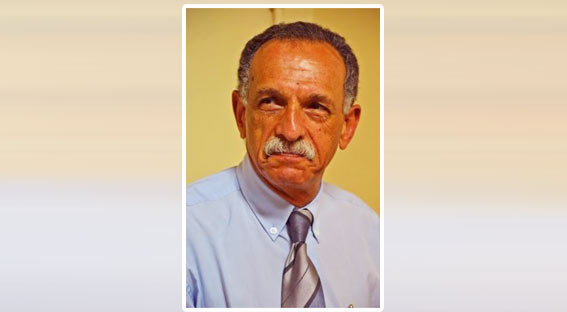I first wrote on Cairo Bike project last June under the title “Cairo Governorate launches Cairo Bike: Where are the lanes?”.
Cairo Bike is implemented through partnership between Cairo Governorate and development partners, with support of the United Nations Human Settlements Program (UN-Habitat). It is funded by the Swiss Drosos Foundation, while technically supervised by the Institute for Transport and Development Policy (ITDP).
Last June, I reviewed the main features of the project which aims at providing an environment friendly means of transport that could be used through a mobile phone application replete with GPS maps. Bicycle stations have been set up where users may rent a bicycle for a fee to travel through Cairo then return it to the nearest station once they reach their destination. This would save them the hardship and inconvenience of Cairo’s notorious traffic, and the hassle of finding parking spaces. The first phase of the project was to be implemented in Downtown Cairo, Zamalek and Garden City.
At the time, I noted a few points that stood out. I commented on the English name of the project, which Cairo governorate had favoured over an Arabic one, and which reflected the influx of foreign names given to Egyptian institutions: urban projects, facilities, stores, activities or products. It was disheartening that an official State institution—none other than Cairo Governorate—would ride the wave that curtails the Arabic language versus the foreign.
I posed a number of questions that begged answers. First, as suggested by the title; where are the bikers supposed to cycle on Cairo’s streets? European countries where such bicycling systems exist have ensured biker safety by fitting streets with special lanes for bicycles, parallel to pavements and completely separated from car lanes. This worked because of a dominant culture of respecting the rights of pedestrians and bicyclists. I wondered where we stood from that.
Cairo governorate later announced that the first phase of the project would take off in September 2022—which was delayed to late October—after setting up 26 stations for the first phase of the project. It also announced that five stations had been set up in the Downtown squares of Abdel-Moneim Riad, Tahrir, Falaky, and Mohamed Farid; and Abdel-Khaleq Tharwat Street. A picture circulated on social media showing a separate bike lane in a street that appeared to be in Downtown Cairo. The lane is painted green, with a bicycle symbol marked on it in white, and is defined by metal separators fixed on the asphalt.
Despite that indication of bike lanes, many unanswered questions remain regarding the new project. I mention here the most important.
The picture circulated for the lanes shows a path parallel to the main road. How about intersections? Who will have priority to pass: cars, bicycles or pedestrians?
The chaos prevalent in Egyptian streets renders it essential that we should clearly define traffic ethics and right of way on roads, which are currently completely lacking. The dominant rule today is “right of way for the stronger”; meaning that pedestrians have always to yield to vehicle traffic, even if they have the green light to pass. Deplorably, law enforcement is waived as pedestrians are expected to wait for unruly cars rushing left and right before they can cross a street. This being the case on our roads, how will the path of bicycles be secured?
As such chaos is allowed to exacerbate to become firmly rooted behaviour, another question begs an answer: how about motorbikes? Frequenters of central Cairo are all too familiar with the catastrophic behaviour of motorcyclists who normally snake their vehicles acrobatically in between cars, and even barge on pavements, oblivious to the safety and rights of pedestrians, almost cursing them for having to slow down. To say nothing of the traffic officers who swallow this chaos and make no attempt to control it. So how can the unruliness of motorcyclists be controlled in order not to encroach on pavements, let alone bike lanes?
These are my concerns regarding the Cairo Bike project. I am reminded of the Egyptian folk saying: “So much is over, so little lies ahead,” except that in the Cairo Bike case, it is more of “Some is over, the more significant lies ahead.”
Watani International
11 November 2022










